Quote of the day: “With a few flowers in my garden, half a dozen pictures and some books, I live without envy.” – Lope de Vega
Yesterday was our second 70 degree day of the year in Minneapolis. The grass is greening and the earliest flowers blooming in my garden. Time to play in the garden with my camera!
I’ve learned a lot since I was first drawn to photography through my love of wildflowers and desire to capture their beauty in photographs. Back then I just knew that my point and shoot was not giving me the results I wanted so I decided to take a beginning photography class. That was it for me—I discovered a passion for photography that has never faded. Photographing wildflowers is still one of the things that lights me up inside.
Here are a few tips for making more successful photos of garden flowers.
It’s all about light!
Think about what kind of light you want to photograph in. Bright midday sun creates more harsh light and strong shadows. During early morning and late day light the angle between the sun and the earth’s surface is small which allows for the sunlight to flow over the landscape in a way that intensifies colors and also creates spectacular shadows. The soft light brings life to subtle details.
Overcast and rainy days produce wonderful diffuse light that creates beautiful photographs of flowers. It is my favorite kind of light to work with for flower photography. Mid-day sunlight is strong, highlights can burn out, contrast may be too great to capture without HDR, and dark shadows may detract from your subject.
There are ways to work with whatever kind of light you have. Sometimes you position yourself so that bright sunlight provides back-lighting for your subject. This can create a glowing effect with translucent flower petals.
You can also use a portable reflector to shade your subject, reflect light into dark shadows, or provide translucent filtered light. I like to bring my reflector along and use my wimberly plamp to clamp it in place using my tripod as the solid base on which the plamp is anchored. If all else fails, I often go out with a friend and ask the friend to stand so that the subject is shaded by their shadow.
Take a look at the two photos below. The first one was taken in bright mid-morning sunlight back-lighting the flower. The second photo was made using the translucent disc to filter the bright sunlight into diffuse glowing light. Which photograph do you prefer?
Get Close!
One thing I did for a long time was go too wide and far away for most of my wildflower shots. There were too many distractions in most of the photographs I made. I’ve learned to carefully examine the area around the flower I am photographing. Is there a stray stick or dry leaf that distracts? Is the flower I am photographing torn or tattered? It may look beautiful to me now but in the photograph, any flaw will likely be much more apparent and distracting.
Take a look at the three photos below. The first is too wide with too many distracting elements. In the second photo, I shot vertically instead of horizontally and liked the shot much better but there was a distracting dry stem running horizontally behind the flower.
I removed the dead stem and made one more photo. (I am ok with taking away dry, dead material but try not to remove any living material in the wild.) The third photo is my favorite. What do you think?
Use a tripod!
It is not always convenient or easy to carry a tripod, but having one gives you more options for playing with exposure time and depth of field. And it slows you down. Slowing down is good. It gives you time to think and consider. You have time to ask yourself, “What is this photograph about?” Perhaps it’s just a pretty flower you want to record. Perhaps it’s the fragility of life, the ephemeral nature of life, or the strength of new life you want to express.
The photograph below shows how the flower stem broke through a dead leaf to find the light. The life force is strong even in fragile flowers.
I tried making a wider shot so that the whole flower could be seen but I found that when I looked at that photo my eye didn’t know where to go. In the photo above the green breaking through the brown leaf grabs my eye and tells the story I intended to tell.
Cutting off parts of flowers
Sometimes it is impossible to cleanly include the entire flower in your photograph. If so, think carefully about where you cut off edges. If just one edge is slightly cut off it can look like a mistake instead of a deliberate decision. When I decide to cut off parts of a flower I try to cut off on at least 2 sides and I make sure that the point of interest is strongly composed.
Depth of Field
When I started photographing flowers I was in love with the softness achieved by using a very shallow depth of field. Most of my flower photographs were never fully in focus. Over time I’ve started using more depth of field, finding that I prefer more of the flower to be in focus. The depth of field in the photo above is too shallow for my liking. I would have preferred to have the stamens of the flower in focus along with the flower petals. This photo was a hurried photo made without a tripod so I sacrificed depth of field to get a shorter exposure. Ideally I would have set up this shot using my tripod and deeper depth of field.
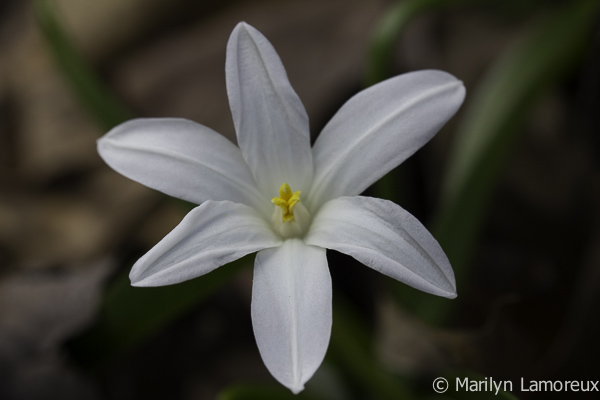
I like the depth of field in this photo – the entire flower is in focus while the background is soft
Now it’s time for you to go out and make some photographs of garden flowers or wildflowers using some of the ideas in this post. Have fun and walk in beauty!
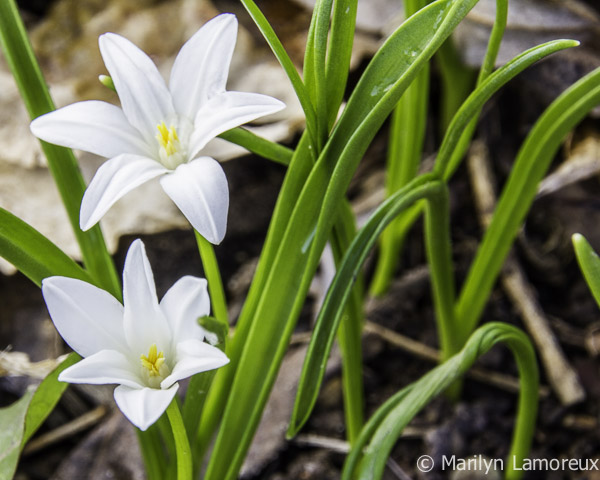
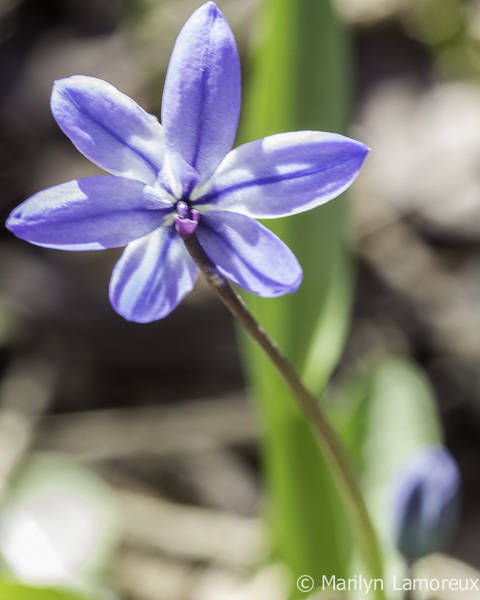

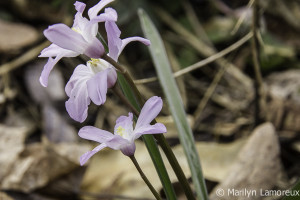
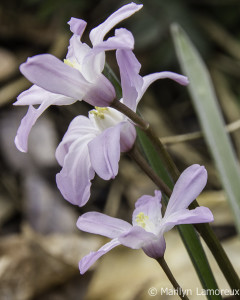
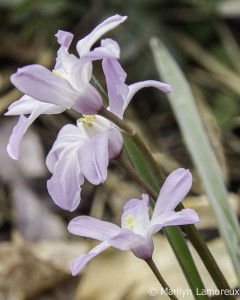
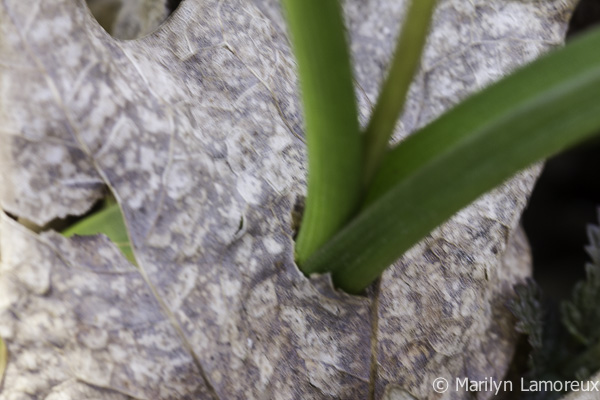

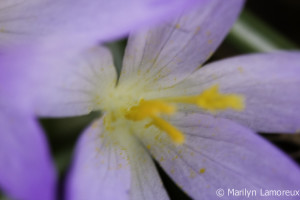
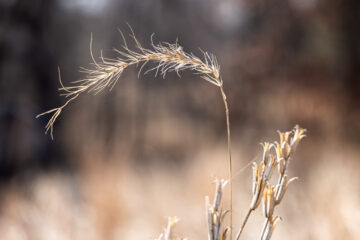
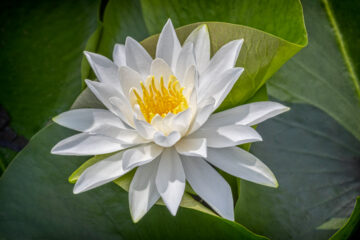

0 Comments